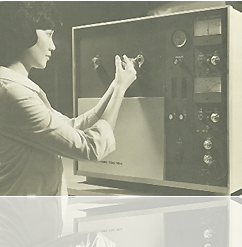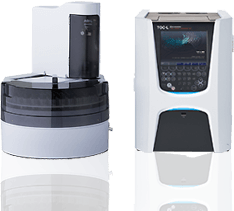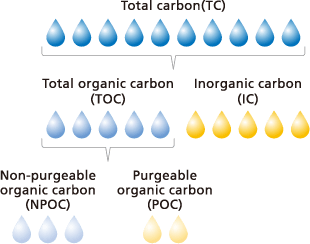

TOC Academy

Introduction to TOC
Total organic carbon (TOC) refers to the total amount of carbon contained in organic matter in water. The TOC value is used as a representative water quality index that indicates how dirty water is. Due to the large number of possible organic substances, biochemical oxygen demand (BOD), chemical oxygen demand (COD), and potassium permanganate consumption tests were traditionally used as indices for collective measurements of all organic substances, regardless of type. These analytical methods measured total quantities by using microorganisms or oxidizing agents to decompose samples within a certain amount of time, but had issues with different types of organic substances decomposing at different rates.
Since TOC measurements are not prone to interference from coexisting substances in samples and can measure the total quantity of carbon in organic matter present in water more accurately, TOC measurements are now used in a wide range of fields, such as for evaluating the water quality of public drinking water or in pharmaceuticals, surveying or researching rivers or soil, and managing effluents from factories.
Types of TOC
The total amount of all carbon present in water is referred to as “total carbon” (TC), which can be classified into two major types, either total organic carbon (TOC) or inorganic carbon (IC). Total organic carbon can be further classified as either non-purgeable organic carbon (NPOC) or purgeable organic carbon (POC).



